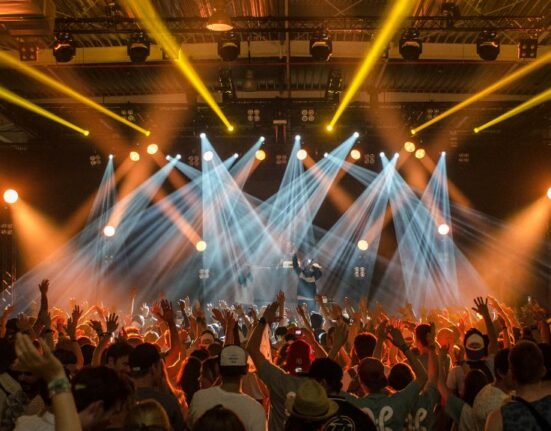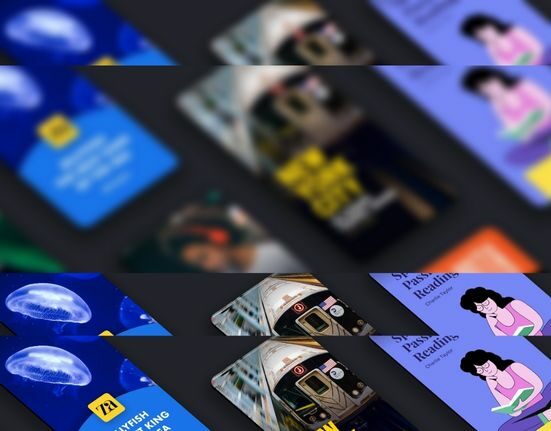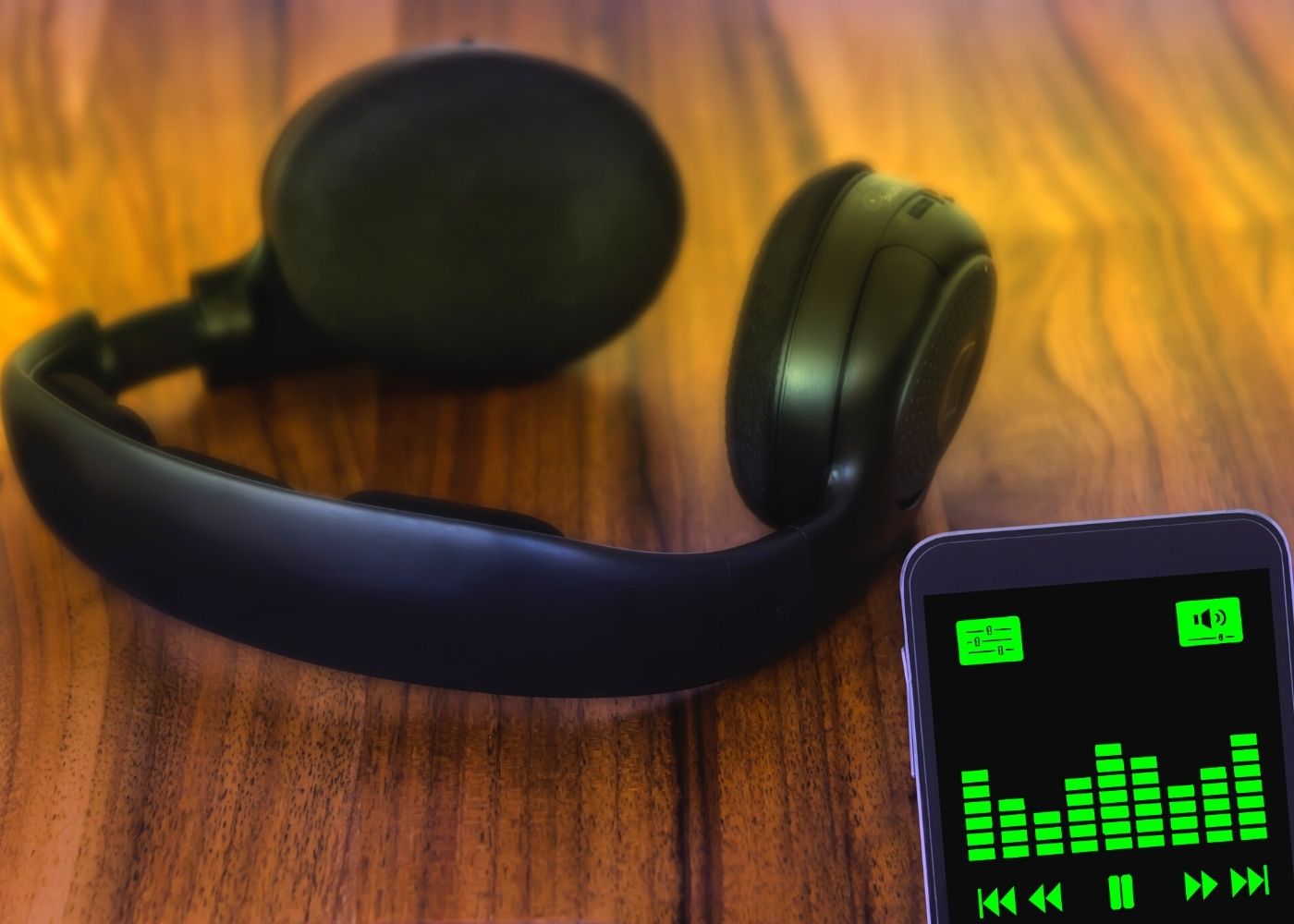Phalguni Gupta | BeatCurry Team
Remember collecting cassettes or CDs? Going to a physical shop every time a new song comes out, carefully deciding on which music to invest in which adds to your beloved collection or the time when you downloaded your favourite songs from the internet and saved that list in your pen drives, phones or computers just to be sure that you don’t lose them. Well, you don’t have to do all that now, it’s all effortless and you get everything with the help of a few taps. Let’s take a closer look.
All thanks to the music streaming apps like Youtube Music, Spotify, Apple Music, SoundCloud, Amazon Music or in Indian scenario JioSaavn, Gaana, Wynk etc. one can simply ‘stream’ or play music directly on the internet. You can listen to any kind of music in just one place, it helps you share your playlist, suggests your music as one would like that too without any need to store and hoard.
There are currently 33 active streaming platforms available for the users. Spotify has roughly 155 million paid users, Apple music has 72 million users, where Youtube Music and Amazon Music have 30 and 55 million users respectively as recorded in the year 2020. They come with different features and characteristics but mainly work on the same algorithms. Spotify and Apple Music, are the two largest of the streaming giants and have almost an identical revenue model:
A premium tier with a paid subscription: Advertising and other premium benefits drive free users towards monthly subscription packages which makes them premium subscribers. The subscription fees can go $10 a month depending on the region and country. For Spotify premium users, they can listen to uninterrupted ad free music, anywhere with also an option of listening offline at high quality streaming access to their millions of songs.
A free tier supported by advertising: Users that don’t come under Premium users are put into the category of Freemium users who don’t mind listening to ads, thereby advertisers pay for that exposure, with ads played in between songs, which also includes sponsored playlists and homepage takeovers. In Spotify the Freemium comes with low audio quality, continuous ad interruptions and an internet connection to be able to play songs.
SPOTIFY’S ENTRY INTO THE INDIAN STREAMING MARKET
Talking specifically about Spotify, which launched its services in India on 26th February 2019, is the Swedish audio streaming OTT giant which has nearly 320 Mn monthly active users. It comes under one of those tech companies that views and still views India as its big potential base for growth which comes down on two main factors- India’s growing internet users and it’s increasing consumption.
It’s not unheard of, how India is in the midst of an internet revolution especially after the whole Jio’s effect which brought data at a dirt-cheap rate. Hundreds of millions of Indians came online for the first time, which not only transformed the country into a technology-driven society but also helped push through a digitally-enabled economy. Unsurprisingly, global technology giants did recognize the potential of India’s digital revolution as an opportunity to capture growth – especially considering India’s enormous population, democratic society and free-market economy. One of the other key reasons to enter the Indian markets despite a competitive audio streaming market is India’s rich music culture and it’s investment in music. An average internet user in India spends 21.5 hours listening to music every week, as compared to the global average of 17.8 hours.
The giant company has been able to build a large user-base in India because of its strong focus on localization, i.e. the process of adapting a product to a specific market and it’s custom based features specific to Indian audiences. To tackle the challenge of meeting the diverse needs of its potential users Spotify offers multilingual music recommendations, so now the music can be tuned to Hindi, Punjabi, Tamil, and Telugu. Indian users can even select their preferred language(s) to receive personalized recommendations. It also has come up with a ‘Premium Mini’ tier of its service which offers premium features at cheap rates which starts from Rs.7/ day, Rs 129/month for premium individual, Rs. 165/month for premium duo and a special offer for students which starts at Rs. 66/month.
THE CHALLENGES
Despite its position as the global leader in music streaming, their success in the Indian music industry was skeptical mainly because of the crowded market that India has with its diverse needs in terms of languages and taste as well as the hyper-competitive market.
Spotify as a new entry had its competition that included streaming apps such as JioSaavn (backed by Reliance) which came out from the merger of JioMusic and Saavn, to become one of the best local music streaming apps, Gaana, owned by Times Group Network and backed by Tencent Holdings Ltd. with an investment of $115mn (2018), which was again a popular streaming app that streamed music in over 21 languages, Apple Music (backed by Apple Inc.) which had over 56 million users and worked on similar lines with Spotify, WynkMusic owned by Bharti Airtel which offered a 1-year free premium to the users of Airtel and YouTube Music owned by Google, which already had a good hold in the Indian market by now.
HOW DOES IT WORK?
Spotify purchases a license from labels, artists, publishers, and other copyright holders for streaming their music on its platform. When it comes to paying royalty to the artists, the platform uses its complex algorithms that finalize the royalty per stream for every artist or label. These royalties have two right holders namely Recording and Publishing.
Typically the recording payout accounts for 75%-80% whereas publishing gets around 20%-25% of the total payouts. Different factors come into play when it comes to calculating royalty per stream, like country (in which the song gets played), the currency value of the country, contracts, artist value, whether the listener has a paid subscription or free account etc. It altogether has a different pricing model which is designed to make the service affordable in each country and reflect local per capita income.
But some countries get a much better deal than others and the result of all of this variable pricing affects what Spotify pays out in royalties or artists payout. Premium subscription for Spotify is generally cheaper in Asia, Africa, and South America with the cheapest being in India at around Rs.119 ($1.58) to be the most expensive in Denmark at $14.39. In the US it starts from $9.99 whereas in the UK it starts at £9.99/month.
In Spotify, they pay roughly 2/3rd of the revenue they make from advertising and paid subscriptions towards paying artists and music labels. Once that revenue goes from Spotify, how much an artist or songwriter gets paid depends on their agreement with their rights holders.
The platform uses the Pro-Rata model, in which the monthly revenue from premium subscription costs and advertisement revenues is collected into one pool of money. Spotify generally takes 1/3rd of that revenue and distributes the rest based on the artist’s total listening numbers, rather than the listening times of individual users. It means that, even if a user never listens to the most streamed artists on the music streaming platform, a percentage of the money they pay will be given to the most-streamed artists.
However, artists advocate for a fairer, more User-Centric model which suggests that artists should be paid based on who each user listens to the most, instead of the artist’s popularity or to say, the % share of total streams. When it comes to artists’ payout based on streams, Spotify pays between $0.003 and $0.005 per stream, Apple Music pays 0.00783 per stream, $0.008 per stream on the YouTube Music platform.
THE CATCH
Currently, all the major streaming services use the Pro-Rata model when it comes to distributing the share of the right holders. As the total money generated from users’ monthly fees is distributed in proportion to all listening times, the model, therefore, favours the right holders of the most popular tracks.
Whereas, in the alternative user-centric model, it all comes to the individual users and their subscription fees. The compensation of the right holder’s is based on: how many different tracks the user is listening to and how many times. Therefore, the difference between the two models then comes down to increase the compensation of the right holders of less listened tracks, and, on the other hand, reduce the compensation of the most listened music.
According to a report published by Digital media Finland, the pro rata model favours artists and tracks, which get the highest number of played streams regardless if they have been created by a large number of users with few plays or a smaller number of users who have played them on repeat. One the other hand, the user centric model favours artists with smaller number of streams, especially when the overall stream count is smaller. In any case, the User Centric model gives more direct power to users to target the money they pay for the service to the artists or tracks they favour thus increasing transparency as compared with the pro rata model, which is not transparent from their point of view. So for example, if a user clocked up 100,000 streams in a year and 5000 of these streams were an indie band tracks, then from a £100 a year subscription, the right holders of the band’s catalogue would receive £5 of that users subscription. This goes for all the smaller artists’ fanbase which means that small artists will make more money per unit time than under the Pro Rata model.
CONSENSUS
Spotify, on the launch of their new website ‘Loud and Clear’ also said they were skeptical of adopting the ‘user-centric’ model. “We are willing to make the switch to a user-centric model if that’s what artists, songwriters, and rights holders want to do,” it said. “However, Spotify cannot make this decision on its own-it requires broad industry alignment to implement this change.”
The variables affecting both models are slightly different. Factors that affect Pro Rata based income is just the quantity of streams. Whereas, the User-Centric model is based on both total artist streams and individual user habits toward that artist. The Pro Rata mainly benefits those topping streaming charts, yet User-Centric positively takes into consideration the rest of the artists. All of this surely tells that the User-Centric based model is the way to provide a less skewed revenue distribution to not only the top artists but also the budding ones.
While it is being said that streaming platforms will continue to transform and provide more avenues for artists to help reach out to their million users, what needs to be taken care of is that artists don’t lose their music in the algorithms of these platforms to make money.







